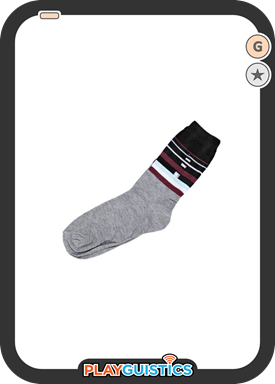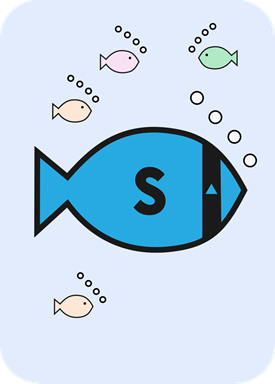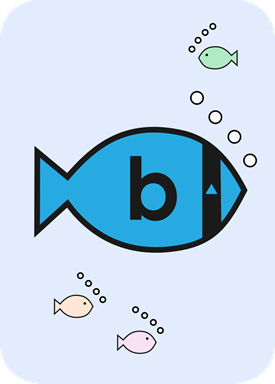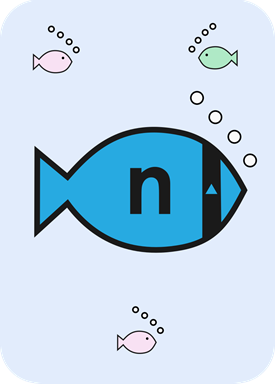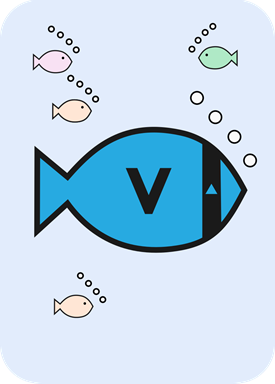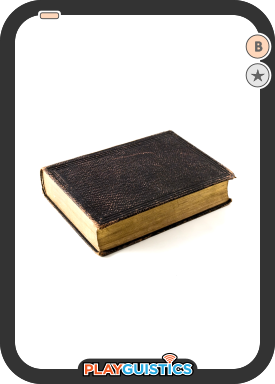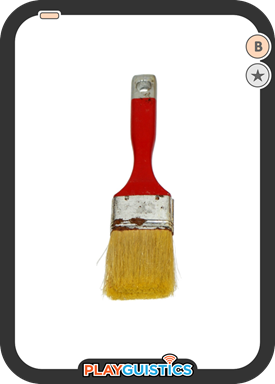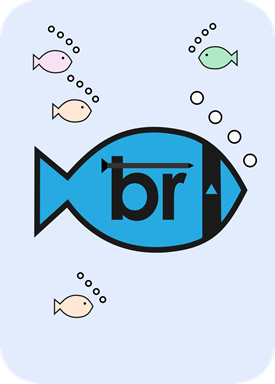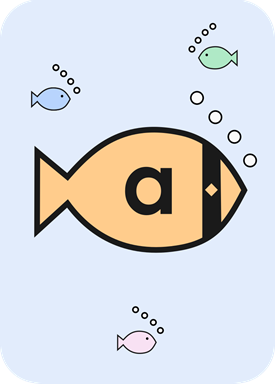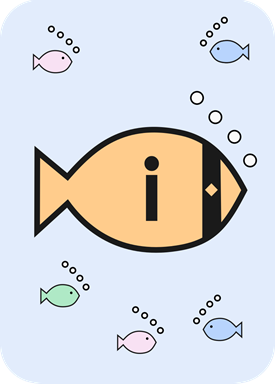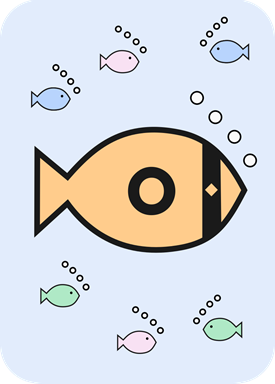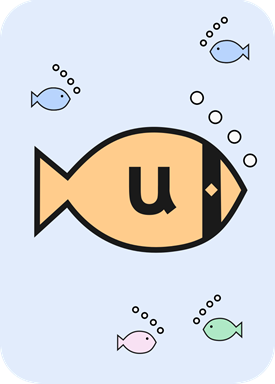
About This Activity Type
|
Overview The play-based phonics activities on this page are designed to make learning phonics fun and engaging for children aged 4-8. All of the activities use our in-house color-and-symbol-coded system that helps students differentiate between consonants and vowels, and even beginning vowels and ending vowels.
Therefore, while learning with other phonics teaching materials, like our Alphabet Teaching Cards and our Phonics Rule Cards, and while playing games the phonics materials below, students will be consistently reminded of the same important phonics principles by the consistent symbolic system. |
|
|||
|
Methodological Background Rather than depend on worksheets to provide phonics skills practice, the games on this page integrate problem solving and game-play to turn phonics skill learning/practice into a fun activities that students WANT to participate in. Additionally, as activities that don't require writing utensils, younger children who haven't yet learned to properly hold a pencil, can still actively participate in phonics skill learning/practice. |
|
|||
Phonics Fish Card Game
Phonics Fish is the classic game Go Fish with a special phonics twist! Students will be able to make educated guesses about the cards in their classmates' hands, because the back of each and every card features a symbol representing the beginning phonics sound of the word/image on the other side of the card.
|
Phonics Fish 'sock' Card-Front
|
Phonics Fish 'sock' Card-Back
|
This design will encourage students to put an enthusiastic effort into learning alphabet letters and the phonics sounds they make, as a better knowledge will allow them to play the game more successfully.
This easy-to-play card game can be used to simultaneously develop phonics skills and practice vocabulary word recall.
|
|
|
|
|
Phonics Fish Consonant Sound Card-Backs
Phonics Fish will allow students to practice their phonics recognition skills for beginning consonants, vowels, and even beginning consonant blends and digraphs. Many of the available sets of Phonics Fish cards include both beginning-consonants and beginning-blends that use some of the same letters.
For example, one of the sets of cards (Set B) includes cards for the words 'book' and 'brush. The card-backs of these cards (with 'b' and 'br' symbols respectively) will provide students with the opportunity (and motivation) to differentiate between a consonant and consonant-blend.
|
'book' Card-Front
|
'book' Card-Back
|
'brush' Card-Front
|
'brush' Card-Back
|
The card-backs contribute to building students' awareness about the difference between consonants and vowels, with vowels are depicted with bright orange coloring. For simplicity (so that students won't get confused), only short vowel sounds are included in this game. However, there are other materials that will allow students to learn about long vowels.
|
|
|
|
|
Phonics Fish Vowel Sound Card-Backs
Phonics Matching Tiles
This learning system provides a hands-on method for students to practice matching specific phonics sounds to specific words.
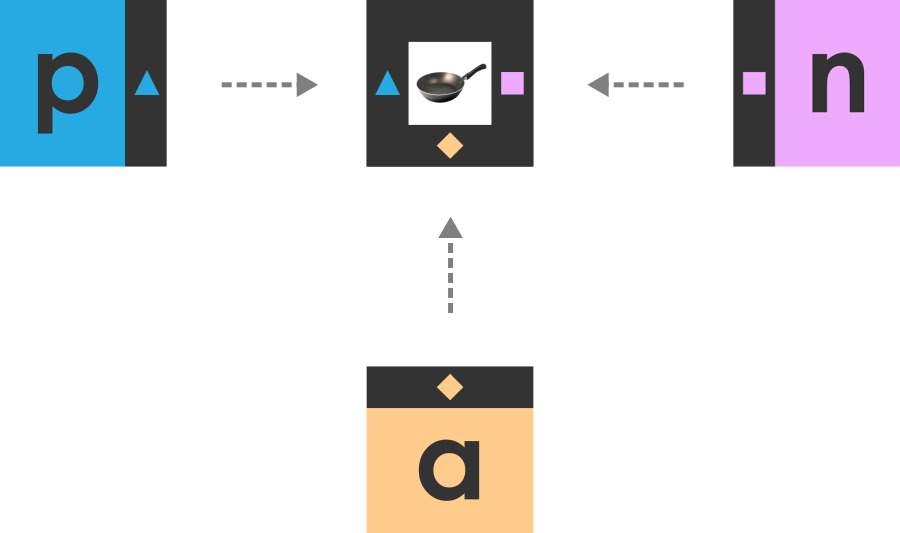
As illustrated in the above image, this printable tile-based learning system is perfect for students practicing the spelling of CVC words. The blue-orange-violet color-coding makes it easy for students to differentiate between beginning-consonants, vowels, and ending-consonants.
By choosing which phonics sound tiles to include in the learning area, teachers can use the system to allow their students to just practice one phonics sound type at a type.
For example, if a teacher wanted to provide their students with vowel sound practice, they could choose to only place word tiles and (orange) vowel sound tiles in the learning area. Or, if the teacher wanted their students to focus on ending-consonant sounds, they could choose to only place word tiles and (violet) ending-consonant sound tiles in the learning area.
To use this activity, print a provided set of tiles onto printer-friendly cardstock, cut out the squares, and then glue the appropriate tiles together to create suitably thick tiles.
Phonics Memory Cards
Known by many names, including Concentration, Matching Pairs, and Match Up, this game is an excellent way to familiarize new English learners with the different characters that make up the alphabet used by English.
Memory is played with a set of cards in which there are two pairs of each type of card. Generally, the set would need to have at least 16 cards for the game to be interesting to play, but for most students, a set of 25-36 cards would ideal.
How To Play: The game is played by laying down the set of cards face-down and then flipping over two cards at a time. If the two cards flipped over ARE NOT a matching pair, they need to be flipped back to their original face-down position.
If the two cards flipped over ARE a match, the player can keep them flipped face-up. The goal of the game is to get all the cards flipped face-up.
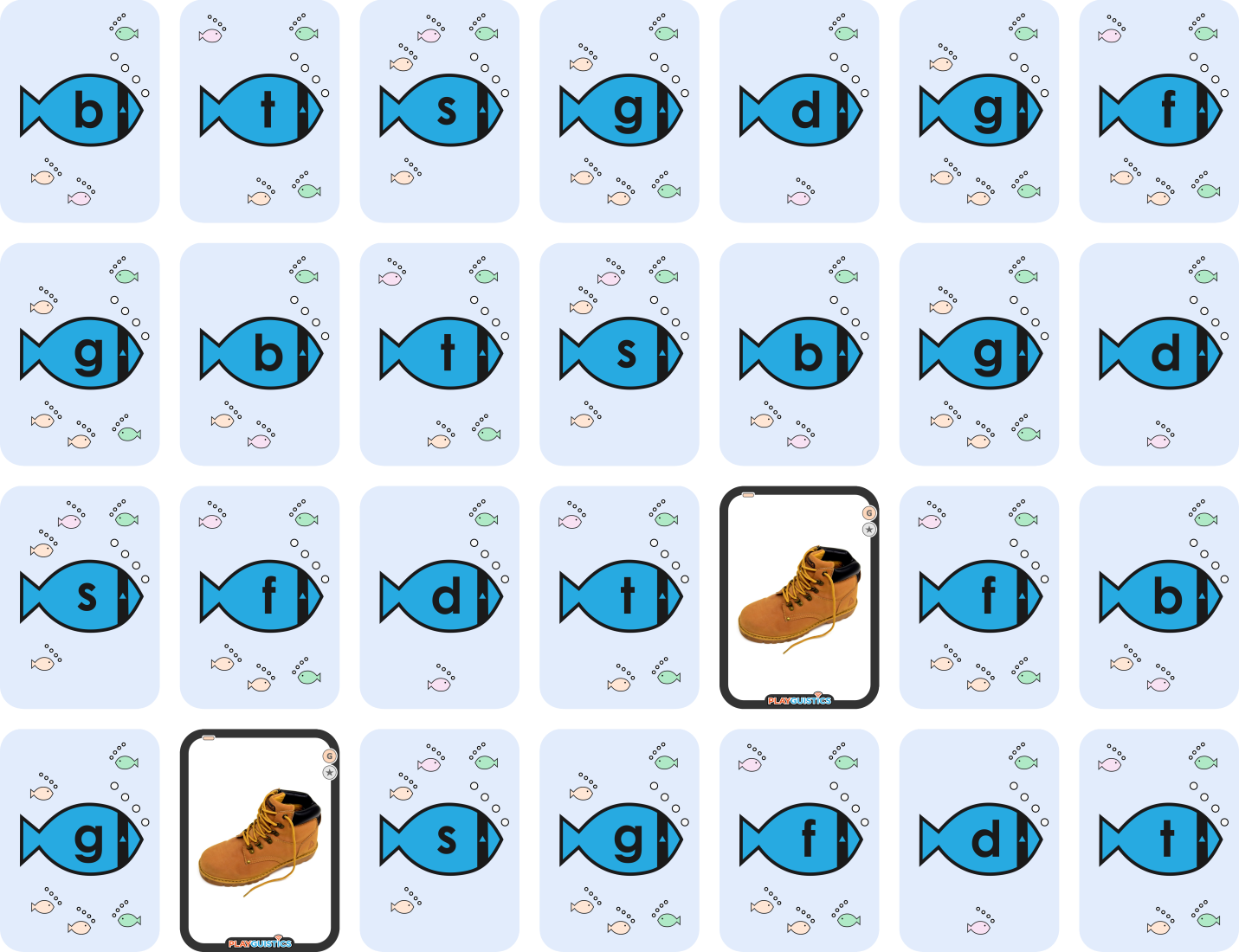
By using the Phonics Fish cards (from the first phonics activity shown on this page) to play this game, players will be able to use the phonics symbols on backs on each card as clues for which cards might be a match. While this won't specifically teach learners about the sounds that each letter makes, it will help younger students to become familiar with the differences between each letter.
For example, younger learners often get confused betweeen letters like b and d or between t and f. Playing Memory using the Phonics Fish cards will be a fun way to motive young learners to pay close attention to the details that distinguish one letter from another.
You can set this game up for your students by creating your own custom deck with cards from the various available printable Phonics Fish sets or use one of the prepared sets of Phonics Memory cards we've created.



